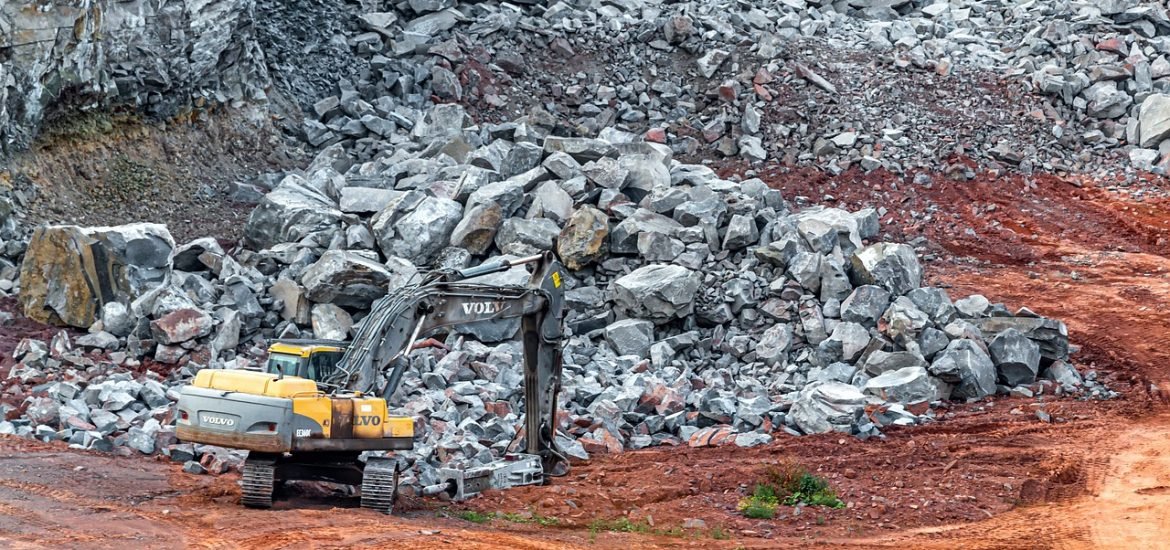
Researchers from the University of Strathclyde, Glasgow, UK, developed a new method to capture CO2 during the crushing process of rocks used in construction, according to a study published in Nature Sustainability. The authors claim this will help increase the capture of CO2 in hard-to-decarbonise industries.
The new study shows that around 0.5% of carbon emissions could be captured if rocks were crushed in CO2 gas. Moreover, virtually no additional energy would be needed to trap this CO2. These global emissions would ve the equivalent of planting a forest of mature trees the size of Germany.
The construction industry accounts for about 10% of all carbon emissions. Over 50 billion tonnes of rock are crushed yearly, and standard processes do not capture CO2. Researchers have tried to make this process more environmentally friendly, but any attempts have been unstable and dissolved the mineral when placed in water.
The new study shows how a large proportion of CO2 can be trapped in a stable and insoluble form in rocks by grinding it in CO2 gas. The resulting powder can then be stored or used for construction and other purposes. The value of 0.5% was calculated for Norway based on annual data about the volume of hard rock aggregate produced for the construction industry. In addition., their annual CO2 emissions are also well documented.
“The hope is that the sector could reduce the emissions by adapting the current setups to trap carbon from polluting gas streams such as those from cement manufacture or gas-fired power stations,” said Principal investigator Professor Rebecca Lunn from the Department of Civil & Environmental Engineering. “The global estimate is based on the assumption that Norway’s construction industry is reasonably typical. Some countries, such as Australia and South Africa, will actually produce far more, as they have large mining industries and will look to crush and sell the waste rock, while others may be less.
“If the technology was adopted worldwide in aggregate production, it could potentially capture 0.5% of global CO2 emissions – 175 million tonnes of carbon dioxide annually. Future research can pin this down, as well as optimise the process to trap more carbon.”
“Now we know that CO2 trapping in most hard rock can be done in a lab, we need to optimise the process and push the limits of how much can be trapped through the crushing technique. We then need to understand how this process can be scaled up from the lab to industry, where it can reduce global CO2 emissions,” added co-investigator Dr. Mark Stillings. “If this process was applied, the CO2 footprint associated with building houses and public infrastructure could be greatly reduced, helping to meet global objectives to combat climate change.”
Countries need to reduce their greenhouse gas emissions to ‘net zero’ by around 2050. For the authors, this could go a long way to help countries reach the targets set up in the Paris agreement. “There are many industries for which there is currently no low carbon solution, and this research will allow direct gas capture of CO2 from hard-to-decarbonise industries, where a solution is not going to exist by 2050. In the future, we hope that the rock used in concrete to construct high-rise buildings and other infrastructure, such as roads, bridges, and coastal defences, will have undergone this process and trapped CO2, which would otherwise have been released into the atmosphere and contributed to global temperature rise,” said Professor Lunn.
Stillings, M., Shipton, Z.K. & Lunn, R.J. Mechanochemical processing of silicate rocks to trap CO2. Nat Sustain (2023). https://doi.org/10.1038/s41893-023-01083-y